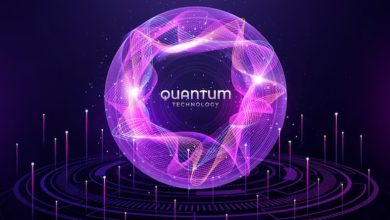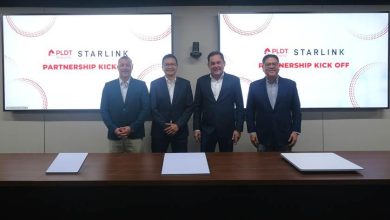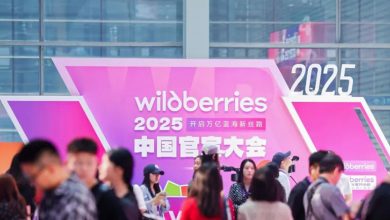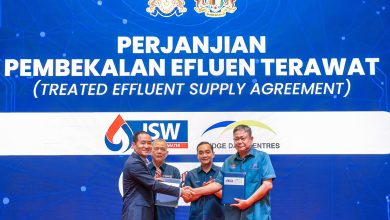At the Crossroads of Innovation: Jensen Huang Confronts AI’s Growing Pains at COMPUTEX 2025
DSA Is at Taiwan for COMPUTEX Taipei 2025

The Artificial Intelligence (AI) industry is at a tense and fast-moving crossroads. Soaring public demand for AI has led to skyrocketing needs for processing power, energy, and cooling. These challenges and high-stakes developments have set the stage for COMPUTEX TAIPEI 2025, with heightened anticipation in Taiwan.
As the world’s largest AI convention, the event saw keynote registrations fill up rapidly. COMPUTEX is no longer just a week out from the office for networking—it has become a crucial must-see to hear directly from AI companies and industry leaders about how they are addressing the sector’s mounting obstacles.
At the centre of all the excitement was the highly anticipated keynote from NVIDIA CEO Jensen Huang, an American citizen of Taiwanese heritage himself. The main hall quickly reached full capacity, and COMPUTEX had to arrange a secondary venue to accommodate an overflow of media attendees via livestream.
NVIDIA’s Latest Innovations Unveiled
In his keynote, Huang revealed NVIDIA’s latest innovations, including the NVLink Fusion interconnect technology, the Grace Blackwell AI inferencing system, and the compact DGX Spark supercomputer designed for everyday and individual use.
Huang also announced plans to licence NVLink Fusion to other chip designers, aiming to enhance chip-to-chip communication crucial for advanced AI systems. As Jensen put it in his keynote “We are not building data centres… We are building AI Factories,” and it is a very interesting declaration when it comes to meeting AI demand. Other unveilings included NVIDIA’s plans to open a new major office building in Taipei and also to build their largest AI supercomputer for Taiwan as well.
Then there were more ‘unexpected’ revelations. Finally, after years of being put on the back pedal, quantum computing may be integrated into commercial products. Huang had stated that AI supercomputers manufactured by NVIDIA and their partners (Foxconn and TSMC) will contain CPUs, GPUs, and QPUs (Quantum Processing Units). AI accelerates and performs at such a fast rate that to facilitate it further may require utilising quantum computing to enable further advancement. This notion is exciting just to ponder about, let alone see come into reality.
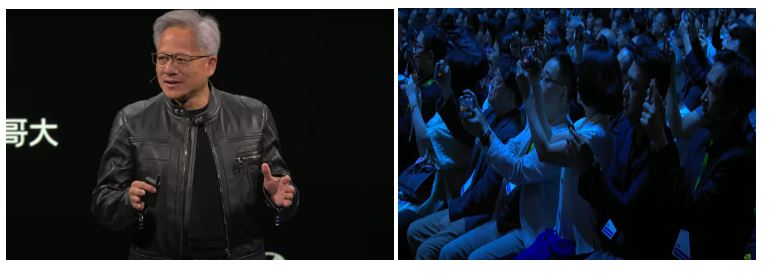
Agentic AI: The Next Frontier?
Another shocking revelation was Huang’s plans to train Agentic AI for robotics. While AI is mostly a tool that works best as an interface where you are still the ‘pilot,’ it can be said that Agentic AI falls into that category as well. When you hear “Agentic AI” you should think “Digital Worker.”
As Huang put it in his speech, “To be able to reason… is crucial.” Agentic AI can “understand, think, and act” on its own to achieve a purpose. NVIDIA and Grace Blackwell’s own Grace Blackwell NVL72—”A thinking Machine”—enables Agentic AI to act as a digital robot as Huang put it. Now, a company can employ Agentic AI to take on entire projects or duties. Businesses can have a digital marketing manager or a digital sales researcher. Additionally, NVIDIA plans to take that technology and put it into actual robots and then train them with digital twin simulations.
With thinking and planning robot workers, Agentic AI has applications in both manual and virtual settings to handle tasks with varying degrees of complexity by first understanding the problem, planning for the solution, then taking action—without any human intervention.
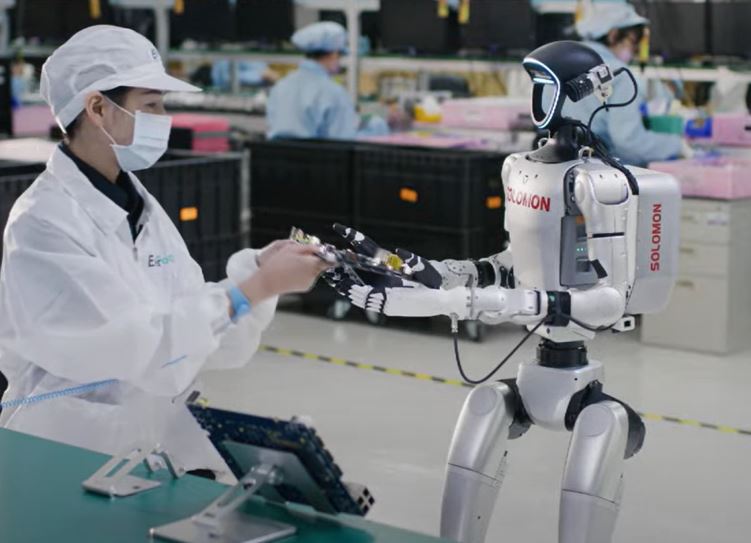
Filling the AI Power Supply and More at Computex
While Huang shared plenty of products to confront public demand of AI as well as the computing requirements, this still begs the question of how the industry will be able to fill the power supply and cooling requirements that come with such innovations.
This is where NVIDIA’s other partner, Schneider Electric, comes into play. Schneider has been an industry leader in end-to-end solutions for building and maintaining data centres. Everything from electricity supply, power management, cooling solutions, cooling distribution systems, and more is provided by Schneider.
Schneider Electric held a media briefing after Huang’s keynote, and in it, they detailed the projections of electricity requirements from the AI industry in the next five years. These projections, however, are for another discussion altogether, which DSA intends to cover as Computex 2025 continues.
So, stay tuned for more coverage on Schneider and Computex Taipei 2025!

